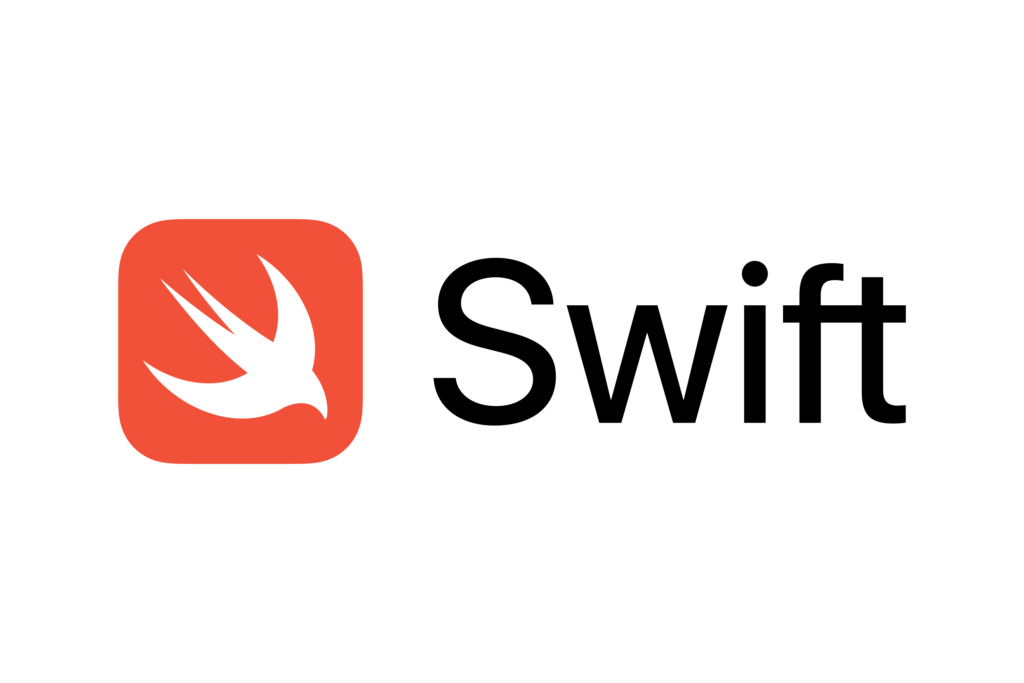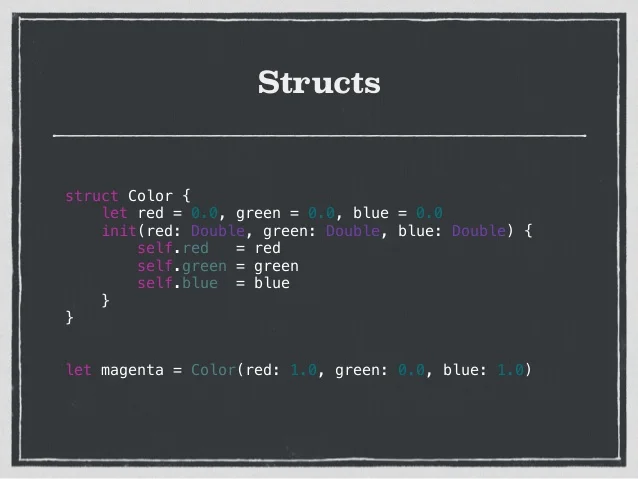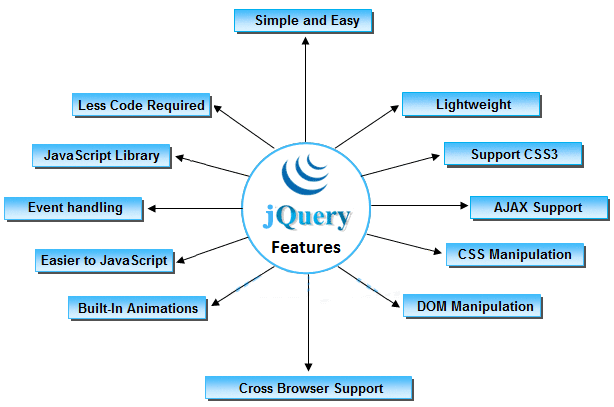Table of Contents

Introduction

Swift is a next-generation programming language that has taken the world of iOS development by storm. Developed by Apple Inc., it is designed to be fast, safe, and powerful, and it has quickly become one of the most popular programming languages among developers. In this blog, we’ll explore the benefits of this and why it’s becoming the language of choice for iOS and beyond.
Why Swift?
Swift was first introduced by Apple in 2014 as a replacement for the aging Objective-C language, and it has since become one of the fastest-growing programming languages in the world. With its modern syntax and powerful features, this makes it easier than ever for developers to create high-quality, responsive, and engaging mobile apps for iOS and beyond.
One of the key advantages of this is its ease of use. Unlike other programming languages, it’s syntax is designed to be clean and easy to read, making it simple for developers to get started and create high-quality apps quickly. Additionally, it provides a range of modern features, such as optional typing, closures, and generics, that make it easier to write efficient and flexible code.
Another advantage of Swift is its commitment to open-source development. In 2015, Apple made it open-source, allowing developers everywhere to contribute to the language and its ecosystem. This has led to the creation of a thriving community of developers and a growing number of third-party libraries and tools that make it easier than ever to create apps with it.
Swift for iOS Development
Swift is an excellent choice for iOS development, and is widely used by developers to create high-quality, engaging, and responsive apps for the iPhone, iPad, and other Apple devices. With its modern features and powerful capabilities, it provides a range of advantages over other programming languages, making it an ideal choice for developers of all skill levels.
Some of the benefits of using Swift for iOS development include:
- Ease of Use: Swift’s syntax is designed to be clean and easy to read, making it simple for developers to get started and create high-quality apps quickly.
- Performance: Swift is a fast and efficient language, and is well-optimized for iOS devices. This makes it an ideal choice for developers who need to create high-performance apps that run smoothly on any device.
- Interoperability with Objective-C: Swift is designed to be fully interoperable with Objective-C, allowing developers to use both languages in the same project. This makes it easy to incorporate existing Objective-C code into new Swift projects, and to reuse existing iOS frameworks and libraries.
Features
Swift is a powerful and efficient programming language developed by Apple. It has become one of the most popular languages for iOS development and is considered to be developer-friendly. This comprehensive guide will explore the key features of it and why it has become such a popular choice for developers.
Fast Performance: Swift was designed with performance in mind, and it is faster than its predecessor, Objective-C, as well as other programming languages. With its high performance, Swift makes it possible for developers to build complex, feature-rich apps that run smoothly and efficiently on iOS devices.
Safe and Secure: Swift is designed to be safe and secure, and it features syntax that makes it easy to write clean, maintainable code. With its robust type system and automatic reference counting, this eliminates common programming errors, making it easier for developers to write high-quality, secure code.
Open-Source: In 2015, Apple made Swift open-source, making it accessible to developers around the world. This has led to a thriving community of developers who are constantly working to improve and extend the language, and it has made Swift an even more powerful tool for developers.
Powerful: Swift is a powerful language that can handle complex data structures and algorithms with ease. Whether you’re working on a simple app or a complex, feature-rich app, it has the tools you need to get the job done. With its comprehensive set of libraries, Swift makes it easy to implement complex algorithms and data structures, making it an ideal language for app development.
- Easy to Read and Write: One of the main advantages of Swift is that it is designed to be easy to read and write. The language uses a syntax that is simple, yet expressive, making it easy for developers to understand and work with. This makes it a great choice for new developers who are just starting out with iOS development, as well as for experienced developers who are looking for a more intuitive language.
- Safe and Secure: Another key feature of Swift is that it is a safe and secure programming language. it uses a type system that helps to eliminate common programming errors, such as null pointer exceptions and memory leaks. This makes it easier for developers to write code that is both safe and secure, ensuring that applications built with this are reliable and trustworthy.
- Performance: Swift is a fast and efficient programming language, making it a great choice for developing high-performance applications. it’s syntax and runtime environment are optimized for performance, allowing developers to write code that runs quickly and efficiently. This is particularly important for iOS development, where users expect fast and responsive applications.
- Interoperability with Objective-C: Swift is designed to be fully interoperable with Objective-C, which is another popular programming language used by developers. This allows developers to use Swift and Objective-C in the same project, making it easy to integrate new Swift code into existing Objective-C projects.
- Dynamic Library Support: Swift provides dynamic library support, which allows developers to include libraries in their applications. This makes it easier to share code between applications, as well as to reuse code that has already been written. This also makes it easier to maintain and update applications, as developers can make changes to a library that will automatically be reflected in all applications that use the library.
History
Swift is a modern and powerful programming language developed by Apple, primarily used for building iOS and MacOS applications. Since its introduction in 2014, it has gained widespread popularity among developers and has become one of the most widely used programming languages in the world.
The history of this can be traced back to 2010, when Apple started working on a new programming language to replace Objective-C, which was the primary language for developing applications for its platforms at the time. Objective-C was widely considered to be complex and difficult to learn, and Apple wanted to create a more user-friendly and efficient language that would allow developers to build applications faster and with fewer errors.
In June 2014, Apple officially introduced this at the Worldwide Developers Conference (WWDC). Swift was designed to be fast, safe, and modern, and it quickly gained popularity among developers. The language was also designed to be highly interoperable with Objective-C, which made it easy for developers to switch from Objective-C to Swift.
One of the key features of this is its use of automatic reference counting (ARC), which helps prevent memory leaks and reduces the amount of code required to manage memory. It also introduced several new programming concepts, such as optionals, which allow developers to handle missing data more effectively, and the use of functional programming techniques, which make it easier to write code that is more concise and readable.
In 2015, Apple open-sourced Swift, which allowed developers to use the language for projects beyond just Apple’s platforms. This move helped to further increase the popularity of it, and it has since been used for a wide range of applications, including server-side programming, scientific computing, and machine learning.
Today, it is widely used by developers around the world and is widely considered to be one of the most innovative and powerful programming languages available. It is also constantly evolving and being improved, with new features and updates being added regularly.
Tools
It is a modern, high-performance programming language developed by Apple for building software for iOS, macOS, watchOS, and tvOS. It is widely used by developers for creating native apps for Apple’s platforms, as well as for server-side programming. In this article, we’ll take a closer look at the tools available to developers who work with it, and how these tools can help streamline the development process and produce high-quality code.
Xcode: Xcode is the official integrated development environment (IDE) for Swift. It provides a range of powerful tools for Swift developers, including a code editor, a visual interface builder, a debugger, and support for version control. Xcode makes it easy to create, edit, and debug Swift code, and it’s the go-to IDE for many iOS, macOS, watchOS, and tvOS developers.
The Swift REPL: The Swift REPL (Read-Eval-Print Loop) is a powerful tool that provides an interactive environment for testing and experimenting with Swift code. The REPL allows developers to quickly and easily test their code, try out new ideas, and experiment with different approaches. This can be a great way to learn the language, or to quickly prototype a new feature.
Swift Packages: Swift packages are collections of code and resources that can be shared between projects. This makes it easier to reuse code, and helps to reduce the amount of time needed to develop new features. Packages can be used to create custom frameworks and libraries that can be used by multiple projects, or they can be used to distribute third-party libraries and tools to other developers.
Integration with Cocoa and Cocoa Touch: Swift is tightly integrated with Cocoa and Cocoa Touch, the frameworks used for building native apps for Apple’s platforms. This integration makes it easy for developers to access the wide range of tools and resources available in these frameworks, and to create high-quality, native apps that are optimized for performance and usability.


